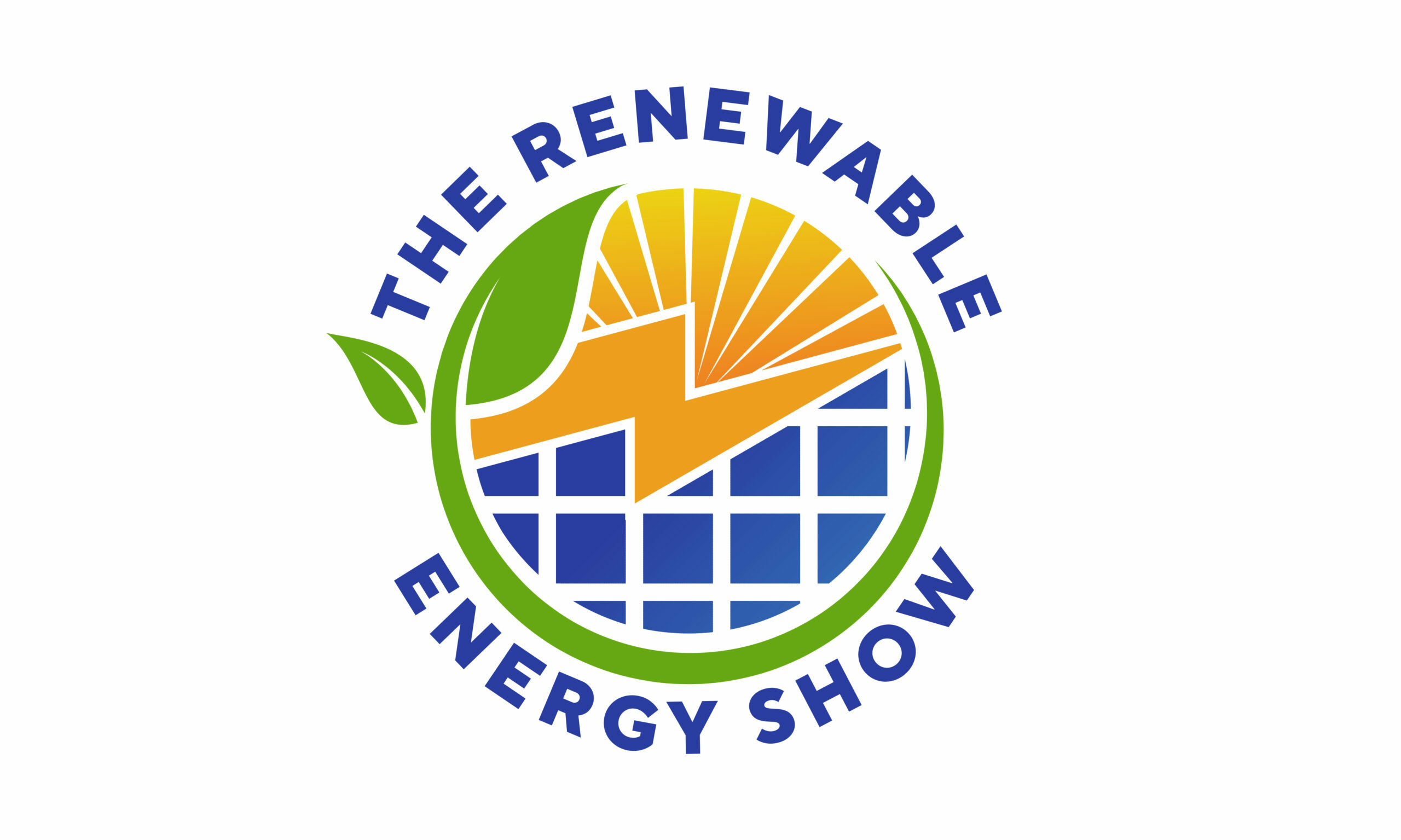I still remember the look on my grandmother’s face when she first saw the solar panels installed on her roof. She had grown up without electricity, relying on candles and cooking fires for light and warmth. But now, at the age of 75, she was harnessing the power of the sun to illuminate her home. It was a moment of pure joy, and it sparked a sense of pride and ownership that I’d never seen her express before.
As I watched her enthusiastically explaining the benefits of solar energy to her friends and neighbors, I realized that this was more than just a technological advancement – it was a movement. A movement that was empowering communities, transforming lives, and paving the way for a sustainable future.
At its core, renewable energy learning is about more than just generating power from clean sources like solar, wind, and hydro. It’s about creating a culture of sustainability, where individuals, communities, and industries come together to reduce their carbon footprint and promote eco-friendly practices.
In the United States, for example, the growth of renewable energy has been nothing short of remarkable. According to the Solar Energy Industries Association, solar energy has become the fastest-growing source of electricity generation in the country, with over 2 million solar installations across the US. This shift towards renewable energy has not only reduced greenhouse gas emissions but has also created jobs, stimulated local economies, and improved public health.
Yet, despite these successes, there’s still a long way to go. The world’s energy demands are expected to double by 2050, and the International Energy Agency (IEA) estimates that we’ll need to triple our energy production by then to meet that demand. The only way to achieve this is through a massive scaling-up of renewable energy sources, and that’s where renewable energy learning comes in.
Renewable energy learning is an ecosystem of education, training, and knowledge-sharing that’s designed to accelerate the transition to a low-carbon economy. It involves everything from online courses and workshops to hands-on training programs and community-led initiatives. The goal is to empower individuals, businesses, and governments with the knowledge and skills they need to develop, deploy, and integrate renewable energy technologies.
For individuals, renewable energy learning can be a life-changing experience. It can equip you with the skills to install solar panels on your roof, build a wind turbine in your backyard, or even start your own sustainable energy business. For communities, it can lead to the creation of green jobs, improved air quality, and a stronger, more resilient local economy.
For governments, renewable energy learning is a critical component of their sustainability strategies. It can help them develop and implement policies that support the growth of renewable energy, attract investment, and drive innovation.
In short, renewable energy learning is not just a tool for reducing our carbon footprint – it’s a catalyst for creating a better future. By empowering individuals, communities, and governments with the knowledge and skills they need to develop and deploy renewable energy technologies, we can unlock a sustainable energy future that’s cleaner, greener, and more equitable for all.
As my grandmother would say, “The sun is free, but the knowledge to harness it is priceless.” Renewable energy learning is that knowledge, and it’s a gift that can change the world.
